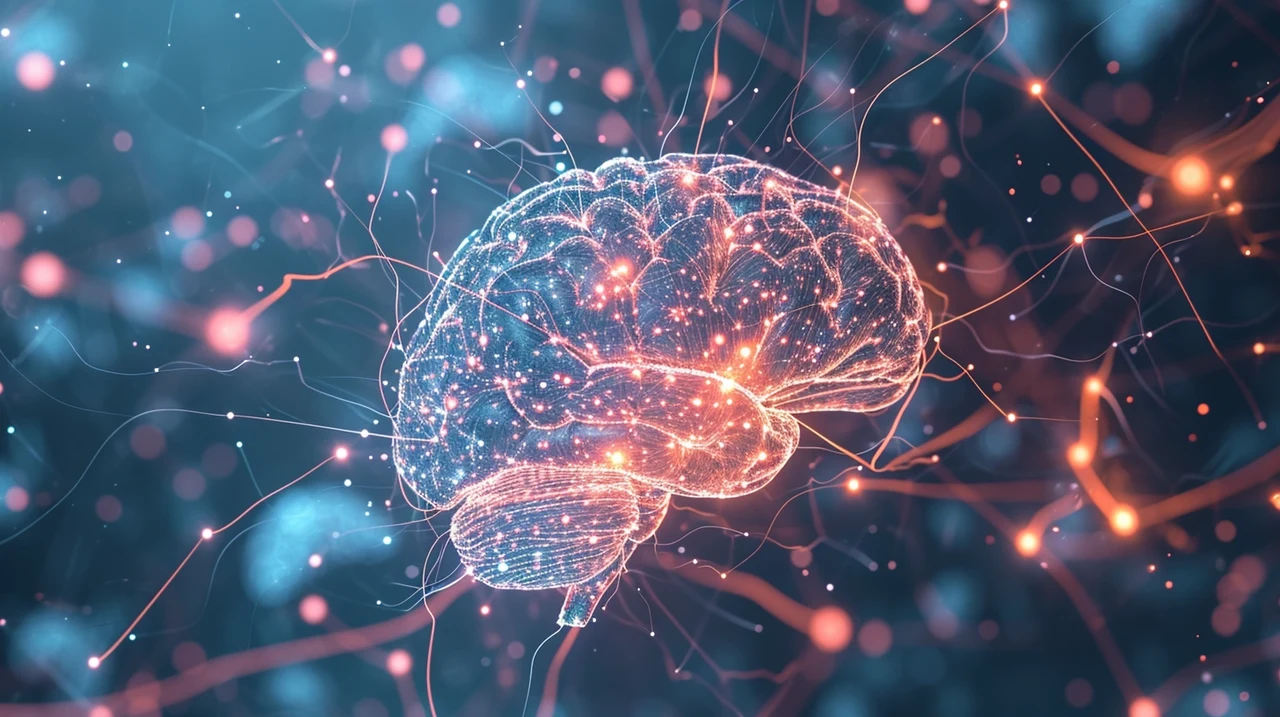
Sam Altman, a leading figure in the tech industry and head of OpenAI, is spearheading an ambitious project to raise funds for the development and worldwide production of advanced AI chips. These chips are designed to operate similarly to the human brain, which could lead to significant improvements in the efficiency and cost-effectiveness of AI computations.
The rapid advancement of AI technology has led to an increase in computational demands that current hardware is struggling to meet. Neuromorphic chips could be the solution to this problem, offering a more natural and efficient way to handle AI tasks than traditional processors. The success of these chips could have a profound impact on the future of AI, making Altman’s fundraising efforts crucial.
However, Altman’s initiative has not been without controversy. Some have questioned his decision to seek funding outside of OpenAI, while others have misinterpreted his actions as being at odds with the organization’s goals. One of the first attempts to secure funding involved investors from the Middle East, which raised concerns and prompted the U.S. government to intervene, citing national security interests. This has highlighted the importance of where chip manufacturing takes place and the need for domestic production to maintain hardware sovereignty and avoid risks associated with blacklisted entities.
Sam Altman investment to make new “Brain Chips” for AI
Learn more about the new development and start-up backed by CEO Sam Altman that OpenAI has already agreed to buy $51 million worth of AI chips from.
The search for financial backers and partners to build chip fabrication facilities is ongoing. OpenAI and other major tech companies need to secure investment to maintain their lead in the AI race. Neuromorphic chips have the potential to revolutionize AI, but realizing their full capabilities will require collaboration across various sectors.
As Altman continues to push for the global production of these advanced AI chips, the implications for U.S. national security and the global AI infrastructure will be closely watched. The success of this initiative could mark a significant moment for investors, policymakers, and the AI community as a whole.
What are Neuromorphic chips?
Neuromorphic chips are a type of hardware designed to mimic the neural structure and functioning of the human brain. This approach to chip design is fundamentally different from traditional computing paradigms. Traditional computers use the von Neumann architecture, which separates memory and processing units, leading to a bottleneck in data transfer. Neuromorphic chips, on the other hand, integrate memory and processing, similar to how neurons in the brain function.
The core concept behind neuromorphic computing is to emulate the brain’s massively parallel computational approach. Neurons in the brain are interconnected through synapses, and they work in parallel to process information. Neuromorphic chips use artificial neurons and synapses to replicate this architecture. These artificial neurons and synapses are typically implemented using silicon-based technologies, although other materials are also being explored.
Ability to learn and adapt
One key feature of neuromorphic chips is their ability to learn and adapt. In traditional computing, tasks are performed based on pre-written algorithms and require explicit programming. Neuromorphic chips, however, can change their internal connections (synapses) in response to incoming data, a process akin to learning in the human brain. This adaptability makes them well-suited for tasks like pattern recognition, sensory data processing, and decision-making in unstructured environments.
Energy efficiency is another significant advantage of neuromorphic chips. The human brain is remarkably energy-efficient when compared to traditional computers. Neuromorphic chips emulate this efficiency by using a method called “spiking neural networks” (SNNs). In SNNs, information is processed and transmitted in the form of spikes, which are discrete events that occur only when needed, rather than the continuous signal processing used in conventional computers. This event-driven processing significantly reduces power consumption.
Application of AI brain chips
Applications of neuromorphic chips are diverse and growing. They are particularly useful in areas where real-time processing, low power consumption, and the ability to handle complex, unstructured data are crucial. Examples include autonomous vehicles, where they can process sensory data in real-time; robotics, for more adaptive and efficient processing; and edge computing, where processing data on-site can reduce the need for data transmission to centralized cloud servers.
However, there are challenges in the development and adoption of neuromorphic chips. One major challenge is the complexity of designing and manufacturing these chips, as they require new materials and fabrication techniques. Additionally, developing software and algorithms that can fully utilize their unique architecture is an ongoing area of research.
In summary, neuromorphic chips represent a significant shift in computing, drawing inspiration from the human brain to create hardware that is efficient, adaptable, and capable of learning. Their development is still at a relatively early stage, but they hold great promise for a wide range of applications, particularly in areas where traditional computing architectures fall short. To learn more about the new AI chips being developed by Sam Altman jump over to Bloomberg.
Filed Under: Technology News, Top News
Latest timeswonderful Deals
Disclosure: Some of our articles include affiliate links. If you buy something through one of these links, timeswonderful may earn an affiliate commission. Learn about our Disclosure Policy.
